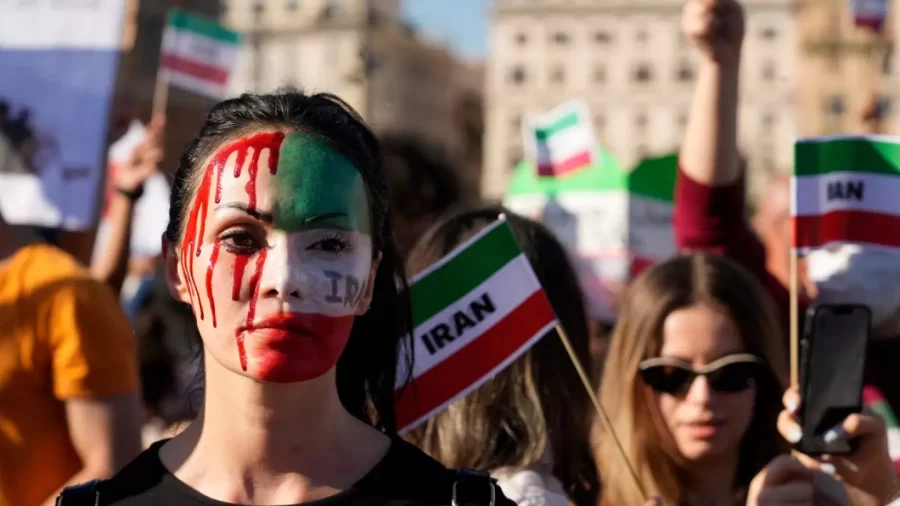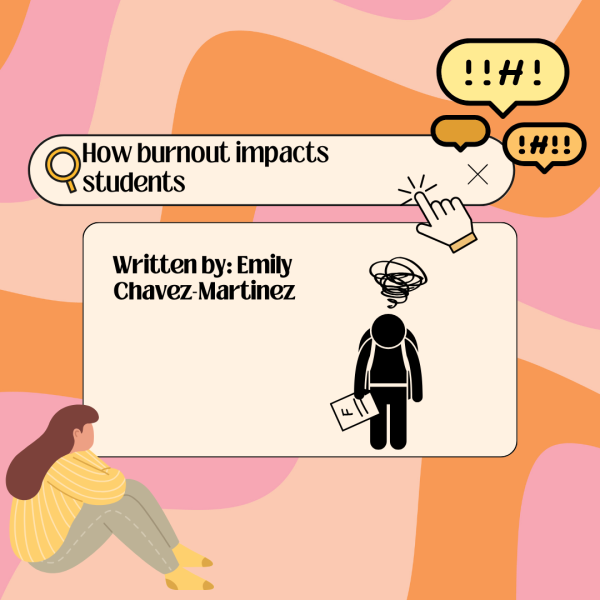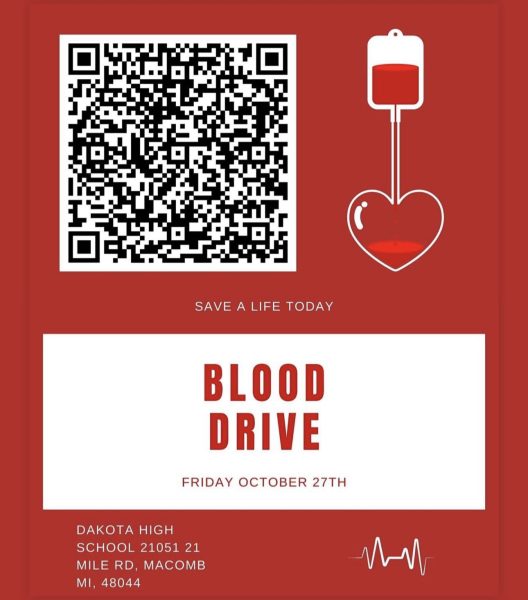The Iran Protests
Protests are raging on in Iran on the extreme hijab laws.
https://www.euronews.com/2022/10/29/iran-protests-europes-cities-rally-for-mahsa-amini-and-womens-rights
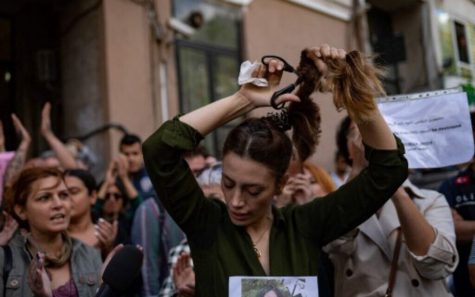
Things in Iran are heating up after the brutal attack of a young lady named Mahsa Amini, a 22-year-old Kurdish woman, by Iran’s volunteer “morality police.” On the 13th of September, Ms. Amini was on a walk, dragged away from her family, and beaten. These “police” said she suffered a heart attack during their routine training on hijab rules. However, the photo that circulated of her in a vegetative state, her face black and swollen, and bleeding from the ears, tells an entirely different story. To write this off as anything less than a politically charged brutal attack would be a disservice to this women’s life. Once these photos surfaced, it was within a matter of days when Mahsa Amini was pronounced dead by the hospital. Why did Ms. Amini suffer such fatal consequences? The hijab laws in the country of Iran.
In 1979 a revolution swept Iran and caused Islamic religious leaders to gain head government roles. They followed a theocratic form of government, which according to Britannica.com, means a “government by divine guidance or by officials who are regarded as divinely guided.” Theocracy is not uncommon in many of the significant middle eastern countries, with an 85% Muslim population, this makes a lot of sense. However, maintaining the country and enforcing heavily religious laws on the Iranian people proved a significant challenge. Iran being more developed than its cohorts, has tons of western cultural influences. This influence caused tons of push back on the government’s ideals, but theocracy persisted.
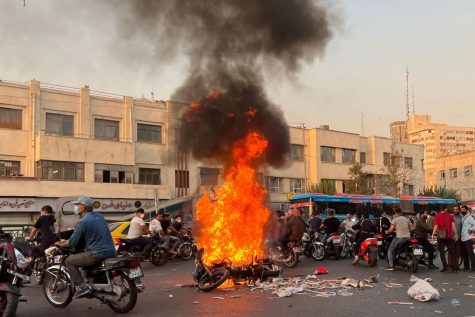
Iran’s Islamic Penal code says, “Women, who appear in public places and roads without wearing an Islamic hijab, shall be sentenced to ten days to two months imprisonment or a fine of fifty thousand to five hundred [thousand] Rials,” (Article 638). This article also allows for a sentence of “two months in prison or up to 74 lashes” for “[anyone] who openly commits a haram act, in addition to the punishment provided for the act.” (unitedagainstnucleariran.com) However, these extreme ideals do not even follow their religion, as forcing a woman or person to cover their hair is haram or sinful in itself. The Islamic religion states that you should never force a woman to wear the veil violently. In fact, according to Dar Al-Ifta.org, “A father must advise his daughter to wear the hijab, and he is not to force or beat her into wearing it. And because a father is responsible for providing financial support to his daughter, he is not to refuse to do so as long as she is in his care and does not have money of her own, whether or not she wears the hijab.” Even in the household, beating any woman into submission of wearing a hijab does not follow their religion and is immoral and wrong. Still, this does not stop a sect of the government called the morality police from harassing women in public wearing it incorrectly or not at all. These women could be detained, fined, and even flogged. In December of late 2017, there was a protest against the government where Iranian women
took off their hijabs in public and waved them around in the air. In response to this defiance, the government announced a zero-tolerance policy against protesting and increased the number of morality police patrolling the streets. Iran’s president Ebrahim Raisi has been steadily increasing the enforcement ever since. According to UnitedAgainstNuclearIran.com, a nonprofit dedicated to combating threats posed by the Islamic Republic of Iran, “In July 2022, [president Raisi] instituted a “hijab and chastity” decree prioritizing hijab enforcement, including harsh regulations on women’s dress in workplaces and increased government propaganda about the hijab. Women not wearing “complete hijab” (covering not only the hair but the neck and shoulders) [are] prohibited from entering government offices and banks and using public transit.”
With all this tension building against the government when Mahsa Amini was killed at the hands of the morality police, Iranian women are fed up. Protests broke out in support of not ending the hijab altogether but letting women have the choice to decide. Thousands of Iranians have now taken to the streets, cutting their hair in public defiance and chanting “death to the dictator.” Women have been burning their hijabs in the street and dancing in jeans and t-shirts, which are considered severely taboo in their country. According to the BBC, “for the first time, protests
involve people from all sections of society and age groups and have spread across dozens of cities and towns.” With many of the countries, past protests being predominantly female, the number of men backing up this monumental uprising is refreshing.
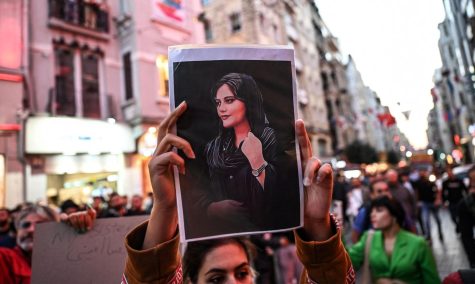
The government response so far to these protests has been forceful, arresting nearly 12,500 people and killing 250, according to The Guardian. With thousands of families anxiously trying to make contact with their loved ones that have gone missing, it is unknown if this number is much larger. Journalism has also taken a massive hit, with more than 30 journalists being jailed for reporting on the facts of these protests. The internet in Iran has also been shut off by the government, causing lots of misinformation and confusion surrounding these events as nobody has accurate representation. However, due to Iran’s median age of there population being 31, things like Tik Tok and Twitter are helping this news spread far and wide across the globe. Nevertheless, even in schools, forces are making teachers report “trouble makers,” and the teachers themselves risk arrest if they refuse. According to the BBC, “Security forces have denied killing peaceful demonstrators, but they have been filmed firing live ammunition on the streets.” Despite this, peaceful and non-peaceful protests are not coming to a halt.
It is important to note that the people of Iran are not fighting against their religion. They want what is so clearly stated, even in their religion, choice. The ability to choose whether or not to wear a headscarf if they feel they do not want to. Moreover, these protests will rage on until the government says this can be a reality.
Your donation will support the student journalists of Dakota High School. Your contribution will allow us to purchase equipment and cover our annual website hosting costs.
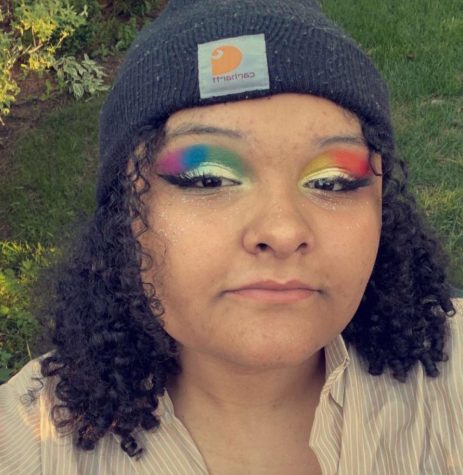
Krystyna Kijewski is a senior at Dakota High School and this is her first year at the Dakota Planet. She is involved in the Dakota CTC, and Women Empowerment...

